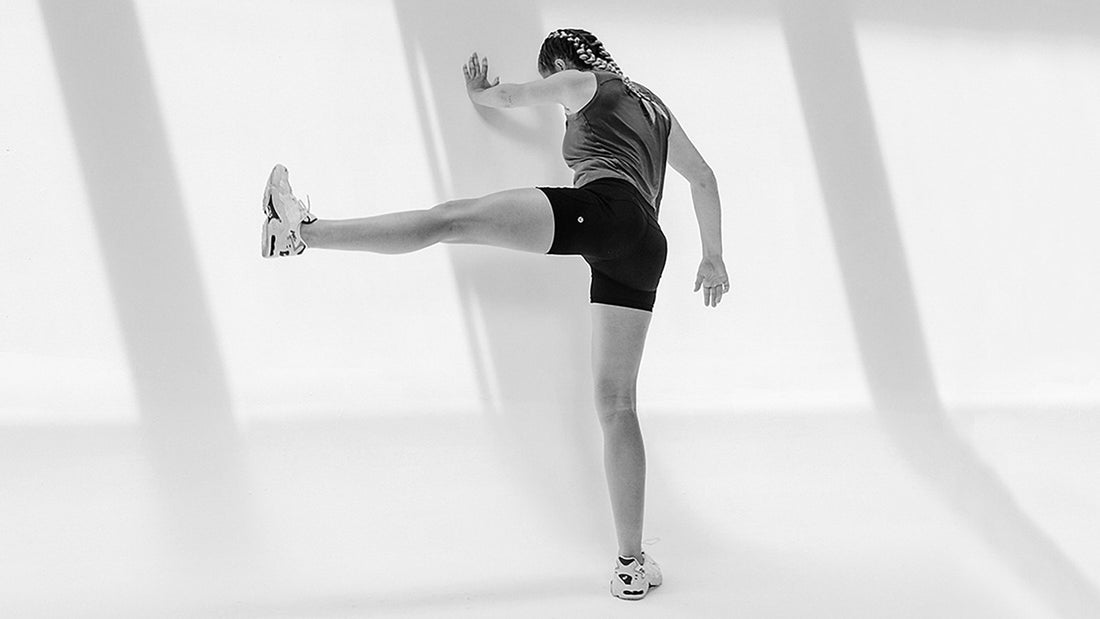Lateral Hip Pain: A Very Preventable Problem

Pain on the outside of the hip, or what we call Lateral Hip Pain, occurs in a wide variety of people. This can range from long distance runners, women over the age of 40 and even in people after they undergo a total hip replacement.
People with lateral hip pain most often feel pain on the bone that sticks out at the top of your thigh, known as the greater trochanter. This pain can often spread down into the outside of the thigh.

WHAT CAUSES LATERAL HIP PAIN?
Traditionally lateral hip pain was thought to be primarily due to inflammation of the Trochanteric bursa, which is a sac of fluid that is found between the tendons that attach the gluteal muscles onto the greater trochanter.
However it is now recognised that the gluteus medius tendon (a muscle that runs from your buttock to attach onto the greater trochanter) can contribute more to dysfunction and pain than previously thought.
As a result it is now more commonly referred to in the medical world as Greater Trochanter Pain Syndrome, a term that covers both the tendon and the bursae involved.
WHAT CAUSES LATERAL HIP PAIN?
This sort of hip pain can be triggered by sudden falls, weight bearing on the affected side for prolonged period of time and after sudden increases in training loads e.g. tackling Mount Lofty or getting back into gym work after a long break.
Often people with lateral hip pain will present to our clinic with:
-
A Trendelenburg Gait (where one side of the hip drops during walking)
-
Buttock tightness and/or pain
-
Pain with sleeping on the affected side
-
Pain with touching the greater trochanter
-
Poor Hip Control
Generally women are more at risk of developing this condition due to the way women’s hips are shaped. Women have a larger “Q Angle” compared to men. The “Q Angle” refer to angle of the knee in relation to the hip.
The larger “Q Angle” with women means that the gluteal muscles have to stretch around further to attach onto the greater trochanter compared to males. This is thought to put an increased strain on the gluteus medius muscle as it is being both stretched over a longer distance and also contracting from a stretched position, this puts more strain on the muscle and tendon.
POOR HIP CONTROL
The same problem of over-stretching this muscle can occur when you have poor hip control. This is when the gluteus medius muscle is weak, and when it is required to work during weight-bearing to stabilise the hip. If the muscle is weak it cannot control the weight of the body when on one leg, so the pelvis tilts and in doing so, over-stretches the muscles on the outside of the hip.
To give you an analogy have one arm tucked into your side with your elbow bent to 90 degrees, now with the other hand resist bending your hand up towards your shoulder – not too bad right.
Well now try and bend your elbow starting with a straight arm. It’s a lot harder to bend when the muscles are on stretch right? This is the same for your hip muscles, and it can be this repetitive movements that can stir up both the tendon and bursae near it.
HOW DO YOU TREAT LATERAL HIP PAIN?
Treatment revolves around:
-
Strengthening and regaining control of the gluteal muscles as well as the deep hip stabilisers. A comprehensive strengthening program is essential
-
Unloading the gluteal muscles through techniques such as Dry Needling and Massage
-
Treating other contributing factors such as ITB tightness (the tight fascial band up the side of your thigh)
-
Treating stiffness in the lower back
-
Correcting altered lower limb biomechanics – have your running style assessed by The Biomechanics Lab
So if you’ve got a pain in the outside of your hip the first thing you need to do is have it assessed as soon as possible to see which of the risk factors you may have that can be addressed.
The Leading Edge team of Physiotherapists, Podiatrists, Biomechanists and Massage Therapists can help you get back to your best as we have the skills, knowledge and technology available to acurately diagnose the cause of your problem and implement an effective treatment regime.
